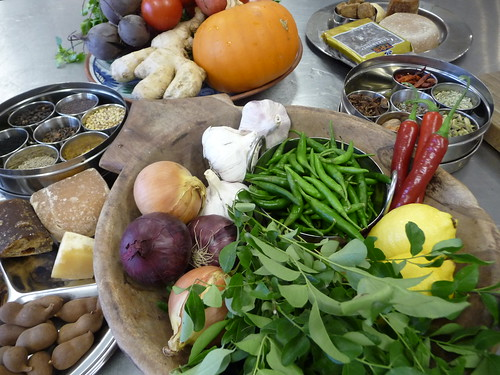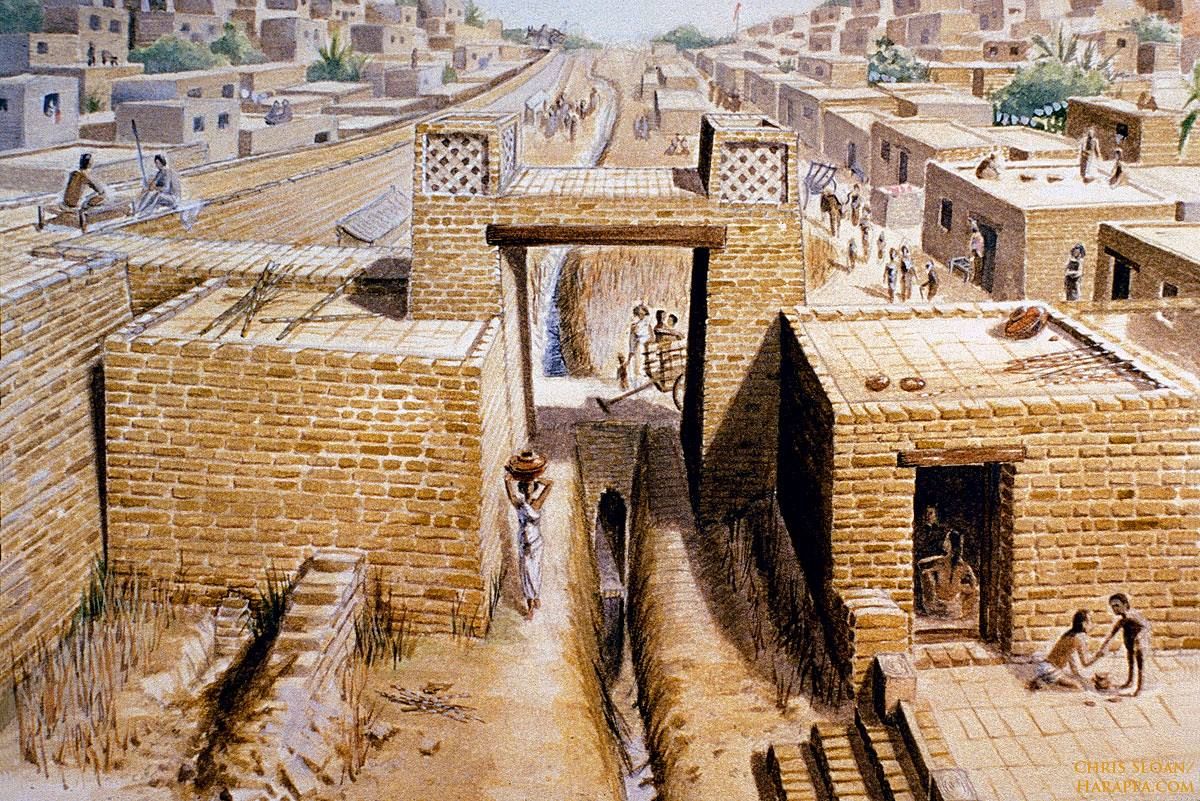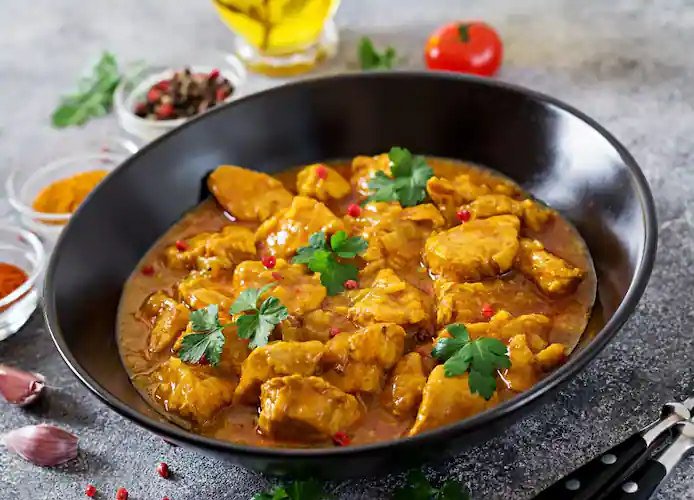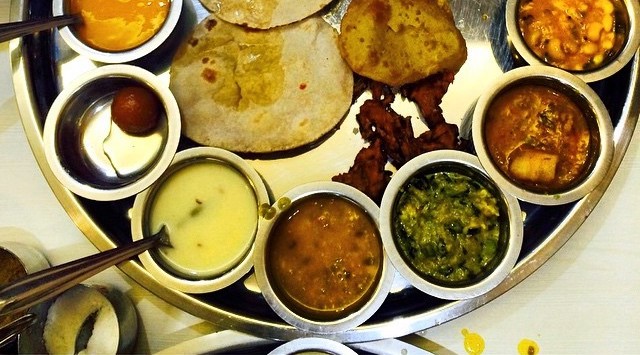Indus Valley Civilization, Culture and Cuisine

One of the great civilizations of the ancient world, the Indus valley civilization flourished 5,000 years ago in the valley of the river Indus.
Twice as extensive as its contemporary civilizations–the Old Kingdom of Egypt and the Sumerian city-states of Ur and Lagash–it was a culture of great sophistication and power.

Its people built hundreds of planned cities, the first in the world, and had trade links with Mesopotamia and Oman. For seven hundred years the civilization flourished; then for unknown reasons it disintegrated and was forgotten.
Rediscovered in the 19th century by archaeologists, this great civilization has remained virtually unknown to American audiences.


In spring 1999, the Asia Society brought together more than a hundred ancient artifacts from Pakistan in Great Cities, Small Treasures: The Ancient World of the Indus Valley.
The exhibition was the first opportunity for U.S. audiences to see works in Terra Cotta, bronze, gold, semi-precious stone, and shell produced in the Indus region in the 3rd and 2nd millennium BCE.
The exhibition was part of Pakistan 1997-98, events celebrating the 50th anniversary of Pakistan’s founding. Related events at the Asia Society included performances, lectures, readings, film screenings, and a symposium.



Researchers are getting a glimpse into ancient Indus Valley food choices by analyzing residues on ceramic pots from urban and rural settlements during the Mature Harappan period (c.2600/2500–1900 BC).
It is a landmark study because this is the first multi-site analysis of fats and oils on pottery from the Indus Valley civilization. The results enable us to see and compare the popularity of some of the ancient Indus Valley foods across settlements and over time.

A University of Cambridge press release on the new study published in the Journal of Archaeological Science says that the pottery with ancient Indus Valley foods’ fat residues came from both rural and urban settlements that are located across the modern states of Haryana and Uttar Pradesh.
The research team was led by Dr. Akshyeta Suryanarayan, former PhD student at the Department of Archaeology, University of Cambridge and current postdoctoral researcher at CEPAM, UMR7264-CNRS, France.

Dr. Cameron Petrie, of the University of Cambridge and one of the lead authors in the study mentioned some of the regional similarities and differences in Indus Valley cuisine.
The products used in vessels across rural and urban Indus sites in northwest India are similar during the Mature Harappan period ( c.2600/2500-1900 BC).
This suggests that even though urban and rural settlements were distinctive and people living in them used different types of material culture and pottery, they may have shared cooking practices and ways of preparing foodstuffs.

According to Dr. Petrie, the study results also suggest, there is also evidence that rural settlements in northwest India exhibited a continuity in the ways they cooked or prepared foodstuff from the urban (Mature Harappan) to post-urban (Late Harappan) periods.
Particularly during a phase of climatic instability after 4.2 ka BP ( c.2100 BC), which suggests that daily practices continued at small rural sites over cultural and climatic changes.
The researchers analyzed lipid residues on the pottery to find out what plant or animal products, such as fatty acids, remained and could provide them with chemical clues about ancient Indus Valley foods.

Isotopic analysis allowed them to also discern between the fatty acids left by meat and milk. The analyses showed researchers what was cooked in different pots.
The researchers’ analyses of lipid residue on pottery from the various sites shows that there was an abundance of animal products in ancient Indus Valley cuisine.
The researchers found evidence for the Indus Valley people eating the meat of pigs, cattle, buffalo, sheep, and goats, and also consuming dairy products from the ancient ceramic vessels.
Ancient Civilizations / ABC Flash Point News 2024.
